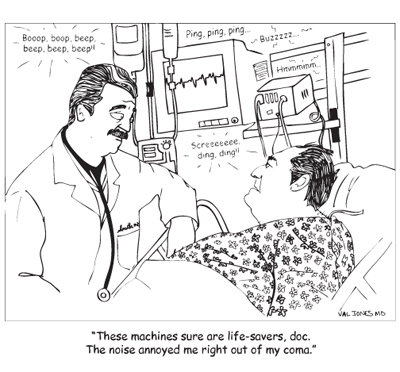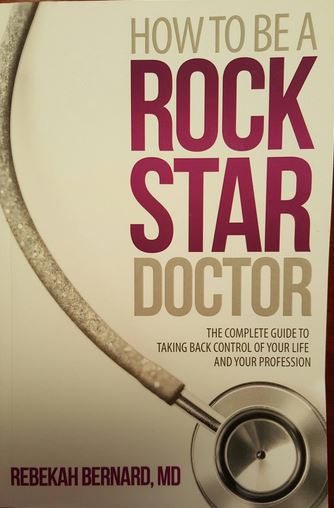September 28th, 2011 by Bryan Vartabedian, M.D. in Opinion
No Comments »

 It seems that there are medical schools taking the initiative to help their students become more compassionate. It’s a worthy goal but I don’t know if it’s possible. We can teach individuals to act compassionate. But that, of course, is different from being compassionate. While there may be literature to support the cause, I don’t think that a curriculum can cultivate empathy.
It seems that there are medical schools taking the initiative to help their students become more compassionate. It’s a worthy goal but I don’t know if it’s possible. We can teach individuals to act compassionate. But that, of course, is different from being compassionate. While there may be literature to support the cause, I don’t think that a curriculum can cultivate empathy.
Is it possible to change a student or doctor’s heart? Of course, I see it all the time. But not from role playing or small groups. It’s human circumstances that drive change. Personal loss and life experience tempered by introspection and humility change how we see those around us. It’s only when we recognize our own vulnerability that we can begin to see it in others. This doesn’t happen in a classroom. Read more »
*This blog post was originally published at 33 Charts*
August 25th, 2011 by RamonaBatesMD in Research
No Comments »

I was alerted to this Archives of Surgery article (full reference below) by MedPage Today: Role Playing Boosts Surgical Residents’ Bedside Manner.
I find it intriguing. Role playing gives you a chance for a “do-over” when you make a social or communication faux pas.
So much of medicine is communication. Those of us who have been at it for years, deliver bad news differently (learned the hard way) now than we did previously. You choose your words more carefully (though I still occasionally screw up). Some words are more emotionally charged than others. Some patients want more information than others.
The University of Connecticut Health Center conducted a prospective study of a pilot project designed to teach surgical residents patient-centered communication skills.
The study offered Read more »
*This blog post was originally published at Suture for a Living*
 It seems that there are medical schools taking the initiative to help their students become more compassionate. It’s a worthy goal but I don’t know if it’s possible. We can teach individuals to act compassionate. But that, of course, is different from being compassionate. While there may be literature to support the cause, I don’t think that a curriculum can cultivate empathy.
It seems that there are medical schools taking the initiative to help their students become more compassionate. It’s a worthy goal but I don’t know if it’s possible. We can teach individuals to act compassionate. But that, of course, is different from being compassionate. While there may be literature to support the cause, I don’t think that a curriculum can cultivate empathy.











